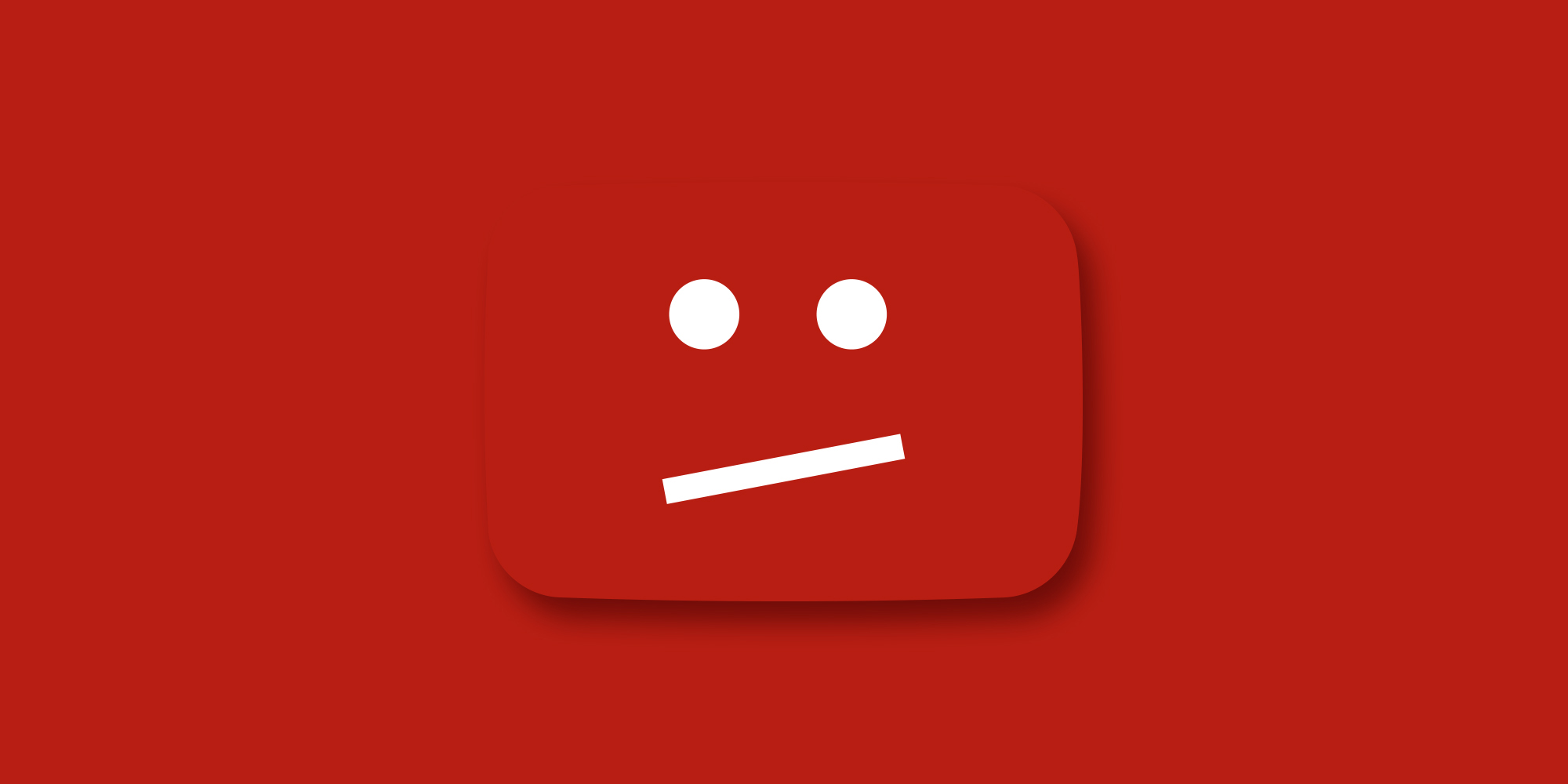Stream ripping now a bigger threat to music biz than piracy sites

Stream ripping is proving to be the dark underside of the platform that the global music industry was banking on returning it to major profits – streaming.
Streaming now has 68 million users and its services last year collectively paid $US2 billion to record companies.
Free or cheap “stream ripping” software turn a song or music video on a streaming service into a permanent download. Music fans don’t have to buy the song, or take out a subscription to Spotify or Apple Music. They can even cut the ads out from YouTube.
Stream ripping is not a new concept, of course, and some analysts were ringing the warning bell ten years ago. But the music industry didn’t take much notice.
In 2007, the Recording Industry Association of America (RIAA) declared stream ripping wasn’t a threat to the industry, but hoped technology to prevent it would be adopted to circumvent the issue altogether.
Years down the track, the RIAA estimates that the 30 most popular sites received 900 million users through July 2016.
Figures released overnight by The International Federation of Phonographic Industries (IFPI) showed the extent of the problem. A study it commissioned market research group Ipsos to do of 13 of the world’s top music markets (including Australia) unveiled the alarming statistic that 49% of internet users aged between 16 to 24 – the age group that most enthusiastically spends on buying music – were stream ripping in the six months to April 2016. The figure was 41% in the same period a year before.
Meanwhile, 30% of internet users of all ages are also doing it, a 10% rise from the year before.
According to the IFPI, stream ripping has surpassed illegal downloading from file-sharing sites as the most popular form of music piracy.
Like the piracy sites of old, new stream ripping sites sprout up like mushrooms as soon as the creative industry or service authorities pull them down.
With the largest library online, YouTube is the most popular destination for rippers. 82% of its 1.3 billion users use it to listen to music. Of these, a huge proportion (81%) use it to listen to music they already know.
This increases tensions between the labels and YouTube. They already complain they get very little royalties out of YouTube as it is (the IFPI estimates YouTube has only paid 2% of recorded music revenue since 2008). User upload services only pay $634 million, compared to the billions by streaming services.
With negotiations on-going with the three majors about renumerating artists and label, the recorded music sector now faces the reality that once a track is downloaded by a user from YouTube, labels aren’t getting paid per play anymore.
IFPI analyst David Price points out, “YouTube consistently plays down its significance as a music service, arguing among other things that the service is primarily promotional.”
YouTube disputes this claim, saying, “The average YouTube user spends an average of an hour a month consuming music, far less than music-only platforms. Less than 20% of all music views on YouTube happen through the user searching for a specific artist or song. In fact, the vast majority of music discovery and consumption is through songs recommended through YouTube’s algorithm.”
Frances Moore, the IFPI’s CEO said: “YouTube can get away without remunerating fairly artists and producers by hiding behind ‘safe harbour’ laws that were never designed for services that actively engage with and make available music enjoyed by the vast majority of its users.”
A challenge for the industry is that most rippers don’t realise they are doing the wrong thing. 73% interviewed for a MusicWatch survey earlier this year thought their actions were legitimate.

































